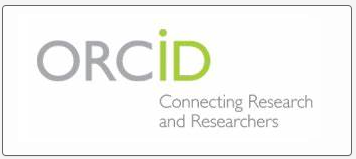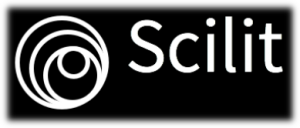GEOHISTORY AND GEOPOLITICS AROUND THE WAR IN UKRAINE
DOI:
https://doi.org/10.52340/isj.2022.25.09Abstract
The Ukrainian state-historical tradition traces its roots back to the Kyiv state, which was the creature of the ancient Ukrainian tribes and, above all, of the most influential of them - the Polans. The Polans, who adopted the name of Rus in VI-VII centuries, were destined to play an outstanding role in the creation of the state, which developed on the territory of Kyivschyna, Chernigivschyna and Pereyaslavschyna, and in due course expanded its power to almost the whole of Eastern Europe. By the middle of the XII century the state had entered into a state of feudal fragmentation and was actually split up into a dozen and a half principalities, ruled by different branches of the Rurikovich dynasty. Until the Mongol invasion (1237-1240) Kiev, which lost its influence in favour of the new centres of power, continued to be formally considered the main city of Ukraine. In 1569 the The Union of Lublin (Polish: Unia lubelska; Lithuanian: Liublino unija) was proclaimed, which united the Grand Duchy of Lithuania and the Kingdom of Poland into one state, the Polish-Lithuanian Commonwealth. Volhynia, Podlasie, Podolia, Bratslav and Kyivschina were under the authority of the new state. After the adoption of the Brest union, which legitimized the union of the Orthodox Church of the Kyiv Metropolitanate and the Catholic Church, many prominent Ukrainians began to move from Orthodoxy to Catholicism. In 1648 Zaporozhye Cossacks led by Bohdan Khmelnitsky rebelled against Polish magnates. Cossacks reached Lvov and occupied Kiev, but in 1651 they were defeated. It was a turning point in the history of Ukraine and Russia. In 1654 at Pereyaslav Rada the transition to the protectorate of the Moscow Tsar was approved. It all led to a protracted Russo-Polish war, the outcome of which was the Truce of Andrusovo. The parties agreed that the lands on the left bank of the Dnieper River would go to Russia, and the right bank would belong to Poland. But there was no peace on this land for decades. With the death of Bohdan Khmelnitsky a new round of struggle for a free Ukraine began. The new hetman of Ukraine, Ivan Mazepa, radically changed his foreign policy course. During the Northern War hetman Mazepa decided to take advantage of the situation and get out from under the control of Peter I. Some of the Cossacks went over to the side of Sweden, but the Russian army won the decisive battle, and Mazepa was forced to flee. Ukrainian lands at the beginning of the twentieth century were ruled by two empires: Russian and Austro-Hungarian. Current events on the territory of Ukraine are largely determined by its historical role. At different times different Ukrainian territories have been ruled by different states. The Ukrainian people have never been distinguished by nationalism or chauvinism; many nations of the world have lived in Ukraine at different periods of history, and none of them have felt oppressed. The historical tolerance of the Ukrainian people is reflected in both culture and ideology. Simultaneously, the Ukrainian people have constantly struggled for their own statehood. And it seems that this struggle is not over. The Ukrainian people today have once again felt the perfidy of their neighbouring nation. The Russian people have in fact abandoned Ukrainian statehood and the so-called DNR and LNR have been proclaimed on the occupied territories. Nor could the Ukrainian people understand all this, and forgiveness is no longer possible! The pharisaism did not end there, Moscow recognised the so-called DNR and LNR as independent states. It is the consideration of these issues that is the purpose of this paper.










